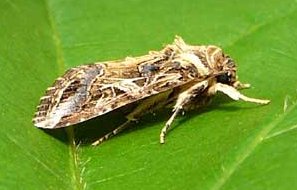Difference between revisions of "Main Page"
(→Thomas Nowotny presented the PheroSys project at the ISB grantholder conference) |
(→Summary) |
||
| (6 intermediate revisions by the same user not shown) | |||
| Line 12: | Line 12: | ||
More details can be found in the '''[[Project Summary]]''', the '''[[Scientific Abstract]]''', the '''[[People]]''' page and '''[[PheroSys:About]]'''. | More details can be found in the '''[[Project Summary]]''', the '''[[Scientific Abstract]]''', the '''[[People]]''' page and '''[[PheroSys:About]]'''. | ||
| − | + | A collection of results can be found in the '''[[Results Summary]]'''. | |
| − | |||
| − | |||
| − | |||
| − | |||
| − | |||
| − | |||
| − | |||
| − | |||
| − | |||
| − | |||
| − | |||
| − | |||
Latest revision as of 18:07, 18 March 2011
PheroSys: Olfactory Coding in the Insect Pheromone Pathway: Models and Experiments
Summary
The PheroSys project analyzes olfaction, the sense of smell, and uses the moth olfactory brain as a model, because (i) it is relatively simple, (ii) it has been widely described and (iii) it is easily accessible to electrophysiological recordings. Our aim is to understand how sensory information is coded and processed during the detection and processing of odour stimuli, with special emphasis on communication by sexual pheromones.
The olfactory system is of significant scientific and socio-economic interest. Although long neglected, the study of olfaction has considerably expanded over the last fifteen years, stimulated by the interest in its molecular and neural mechanisms as well as the potential applications in many areas. Among the latter are the control of insect populations and "artificial noses" (a rapidly expanding area of considerable economic importance). The research in the PheroSys project investigates the principles underlying the superior performance of biological olfactory systems and will provide the basis for novel developments in these fields.
More details can be found in the Project Summary, the Scientific Abstract, the People page and PheroSys:About.
A collection of results can be found in the Results Summary.

